
Adriaen van de Velde, was a Dutch painter, draughtsman and print artist. His favorite subjects were landscapes with animals and genre scenes. He also painted beaches, dunes, forests, winter scenes, portraits in landscapes, as well as mythological and biblical scenes. He belongs to a group of painters referred to as the Dutch Italianate painters, who combined Dutch agricultural landscapes with mythological or Arcadian scenes in Italian settings. His paintings are characterised by their delicate, careful composition and his mastery of lighting effects as well as the human figure.
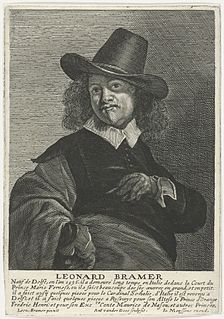
Leonaert Bramer, also Leendert or Leonard, was a Dutch painter known primarily for genre, religious, and history paintings. Very prolific as a painter and draftsman, he is noted especially for nocturnal scenes which show a penchant for exotic details of costume and setting. He also painted frescos—a rarity north of the Alps—which have not survived, as well as murals on canvas, few of which are extant. Bramer is one of the most intriguing personalities in seventeenth-century Dutch art.

Jan Hendrik Weissenbruch, also known as Hendrik Johannes Weissenbruch was a Dutch painter of the Hague School. He is noted especially for his watercolours.

Gerard or Gérard (de) Lairesse was a Dutch Golden Age painter and art theorist. His broad range of skills included music, poetry, and theatre. De Lairesse was influenced by the Perugian Cesare Ripa and French classicist painters such as Charles le Brun, Simon Vouet and authors such as Pierre Corneille and Jean Racine. His importance grew in the period following the death of Rembrandt. His treatises on painting and drawing, Grondlegginge Ter Teekenkonst (1701), based on geometry and Groot Schilderboek (1707), were highly influential on 18th-century painters.

Andreas Schelfhout (1787–1870) was a Dutch painter, etcher and lithographer, known for his landscape paintings.
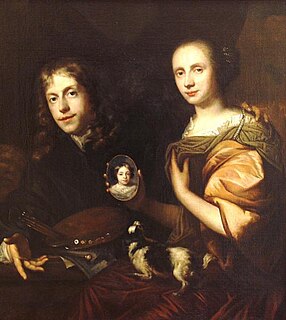
Jan de Baen was a Dutch portrait painter who lived during the Dutch Golden Age. He was a pupil of the painter Jacob Adriaensz Backer in Amsterdam from 1645 to 1648. He worked for Charles II of England in his Dutch exile, and from 1660 until his death he lived and worked in The Hague. His portraits were popular in his day, and he painted the most distinguished people of his time.
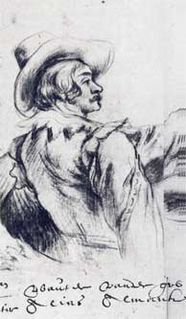
Wouter Pietersz. Crabeth II was a Dutch Golden Age painter.

Johannes Voorhout was a Dutch Golden Age painter.

Dirk Langendijk, written as Langendyk in his day, was a Dutch draughtsman, painter and etcher. He produced mainly depictions of land and sea battles and other military scenes from the Dutch Patriottentijd and the French Revolutionary and Napoleonic Wars.
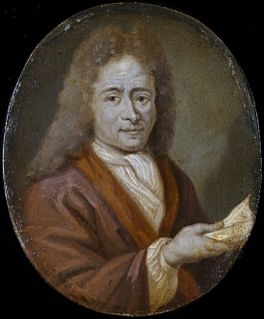
Christoffel Pierson was a Dutch Golden Age painter.

Jacob van der Ulft (1621–1689) was a Dutch painter, glass painter, print artist, architect and mayor. He was known for his architectural and city views, landscapes and topographical views.

Jurriaan Andriessen was a Dutch decorative painter and graphic artist.

Albertus Gerardus "Gerard" Bilders was a Dutch landscape-painter, associated with some members of the Hague School, as Anton Mauve and Willem Maris.

Johannes Albert Neuhuys was one of the best known painters of the Laren School and a friend of many of the Hague School painters.
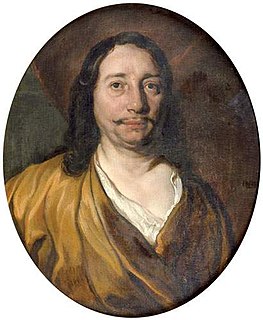
Jan van Noordt, was a Dutch Golden Age painter.
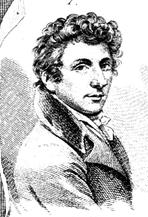
Woutherus Mol, was a 19th-century painter and drawer from the Netherlands.

Albertus Brondgeest was a Dutch art trader, drawer and painter, primarily known for his landscapes. He was a pupil of Pieter Gerardus van Os, but also studied with Wouter Johannes van Troostwijk.

Theodoor Wilkens or Theodorus Wilkens, was an 18th-century painter and draughtsman from the Dutch Republic who specialised in landscapes.
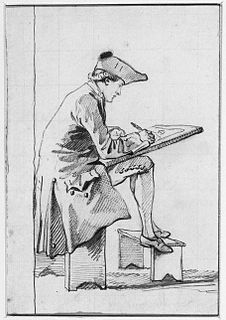
The Stadstekenacademie was an 18th-century art academy in Amsterdam. It was the precursor of the Koninklijke Academie and the Rijksakademie van beeldende kunsten. Other Dutch towns such as Haarlem also had a drawing academy.

Kees van Waning was a Dutch painter. His work was part of the painting event in the art competition at the 1928 Summer Olympics.





















